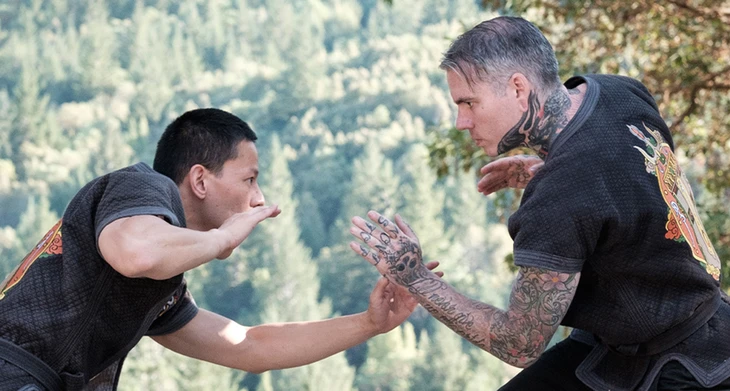
Suat Giao is practiced by many Westerners.
Westerners rate Suat Giao higher than Shaolin.
In the evaluation of the world's top martial arts, Shaolin or Wing Chun have never been able to compare with Shuai Jiao in terms of combat experience. Especially when stepping into the professional MMA ring.
According to Bobby Bradshaw - a long-time MMA and Jiu-Jitsu coach in Houston: "Shuai Jiao is a combat art that is as effective as Judo.
The fighting techniques of this martial art have been proven effective for centuries. And it can easily be transferred to fighting in Judo or MMA, or many freestyle wrestling tournaments."
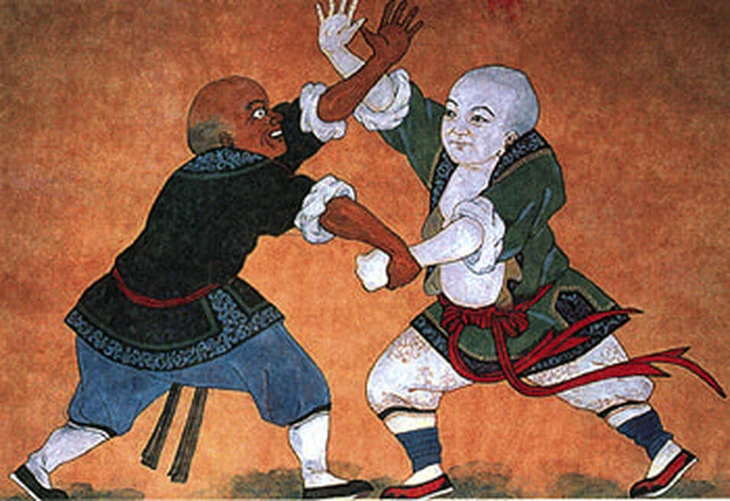
Suat Giao in ancient Chinese paintings - Photo: CN
Meanwhile, an article on Bloody Elbow quoted Lavell Marshall, a German who is promoting Shuai Jiao in the West, saying, "The Chinese government is focusing on investing in this martial art, after Shuai Jiao did what famous kung fu arts like Shaolin, Wudang or Wing Chun could not do."
"Chinese martial arts are increasingly geared toward combat. And the truth is that only a few grappling-oriented styles like Shuai Jiao or Sanda are really worth investing in," Marshall said.
Comments from the top martial arts community have placed Suat Giao in a completely different class compared to the image of Shaolin - a cultural symbol, or Wing Chun - a symbol in movies.
Why is Suat Giao so highly regarded?
Suat Giao has an extremely ancient origin, formed from the foundation of “Jiao Di” (Giao De). That is, the skill of wrestling in a standing position, born around 2697 BC, during the time of the Yellow Emperor. Giao De is considered a form of martial arts training for the Chinese people during this period.
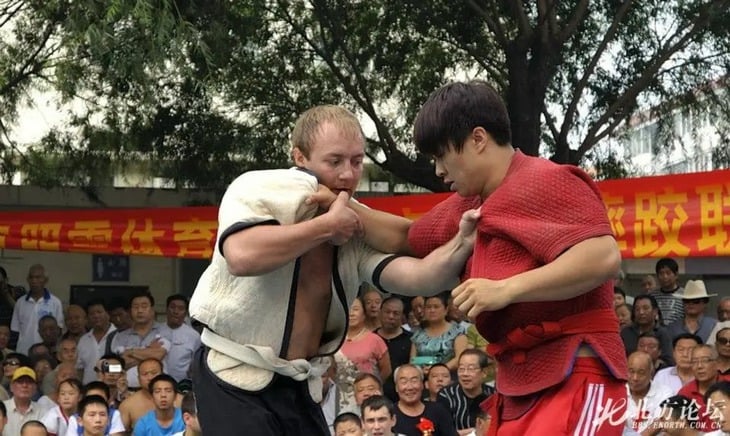
Suat Giao is often organized as a competition at rural festivals - Photo: CN
Following Jiao De is “Jiao Li” (Jiao Li), a martial art that originated during the Zhou Dynasty (1122 - 256 BC). It was used in military training, combining throws, hand and foot techniques, joint locks, acupuncture points... and was recorded in the Book of Rites.
Gradually, Jue Li became a sport fought on the “leitai” (thunder ring) during the Qin Dynasty, where the winner could be selected to enter the imperial palace or become a training fighter for the army.
During the Qing Dynasty, the Manchus developed a specialized wrestling training branch called "Fan Pu Ying", which combined some Mongolian and Jue Li wrestling skills, almost perfecting the most traditional Chinese wrestling.
And finally, this martial art foundation was modernized by the Central Martial Arts Institute of China in 1928, officially named Suat Giao.
During the Republic of China (1935), the first Shuai Jiao tournament was held. Since then, this discipline has been taught in military and police academies in China, Taiwan, and martial arts academies around the world.
Become famous with Suat Giao
In modern times, Shuai Jiao, although not as famous as the kung fu schools of Shaolin, Wudang, Wing Chun, and Tai Chi, its practical combat ability is on par with San Da.
Many university programs in China now have Shuai Jiao majors. Professional tournaments are also held publicly. At the same time, it is promoted as a rare traditional Chinese sport that has the potential to step into the professional arena.
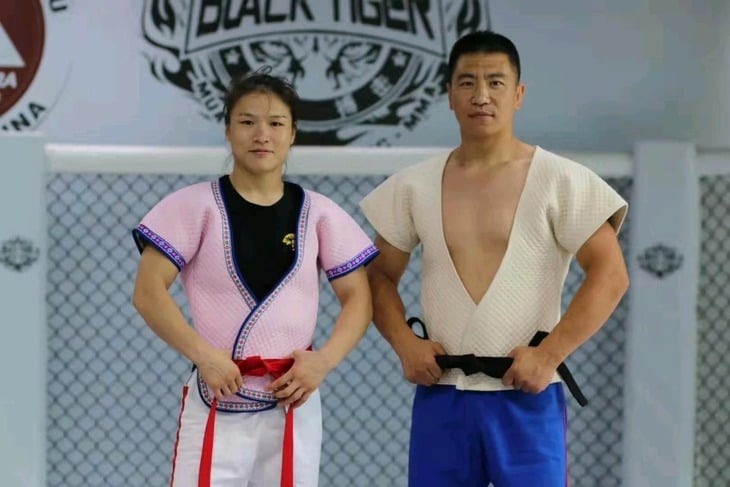
Zhang Weili and the Suat Giao coach - Photo: ZT
Some Western fighters like Lavell Marshall, with a background in MMA and grappling – moved to Inner Mongolia to study Suat Giao, before falling in love with the essence of this nearly 5,000-year-old martial art.
The German martial artist expressed his desire to prove that Shuai Jiao is as practical as BJJ or Sambo, Western martial arts.
Today, Suat Giao is no longer just a cultural heritage but also a martial art with extremely powerful combat power. This has been proven in the top MMA arena, through some Chinese fighters such as Zhang Weili.
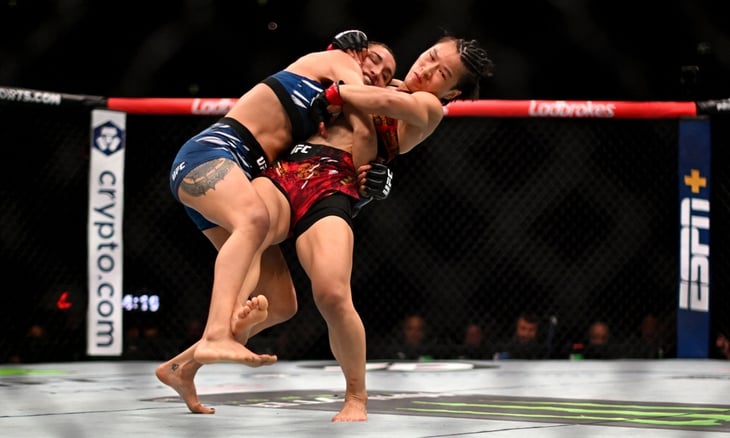
Zhang Weili (right) is a rare Chinese fighter who is famous in the top MMA arena - Photo: UFC
Renowned for her grappling skills from Suat Giao and Tan Da, the 35-year-old Chinese female fighter regularly defeats opponents with shoulder strikes, off-center strikes and ring control.
Experts such as Daniel Cormier have commented: “Zhang Weili is a prime example of how traditional techniques – such as Chinese wrestling – can be effective in real-world combat at the highest level.”
And UFC commentator John Gooden once said: “She flips and changes angles more like Shuai Jiao than American wrestling or Judo.”
Through Zhang's performances, many Western MMA coaches put Suat Giao on par with Judo, and any fighter in this discipline can easily transition to competing in Jiu-Jitsu or BJJ.
The Chinese martial arts village can be divided into two, with the more famous part being the martial arts schools that are always prominent in novels and movies such as Shaolin, Wing Chun. And the rest are the silent martial arts, but with high practicality such as Suat Giao.
Source: https://tuoitre.vn/suat-giao-mon-vo-trung-quoc-manh-hon-thieu-lam-vinh-xuan-20250807215438038.htm



![[Photo] Politburo works with the Standing Committee of Cao Bang Provincial Party Committee and Hue City Party Committee](https://vphoto.vietnam.vn/thumb/1200x675/vietnam/resource/IMAGE/2025/8/28/fee8a847b1ff45188749eb0299c512b2)
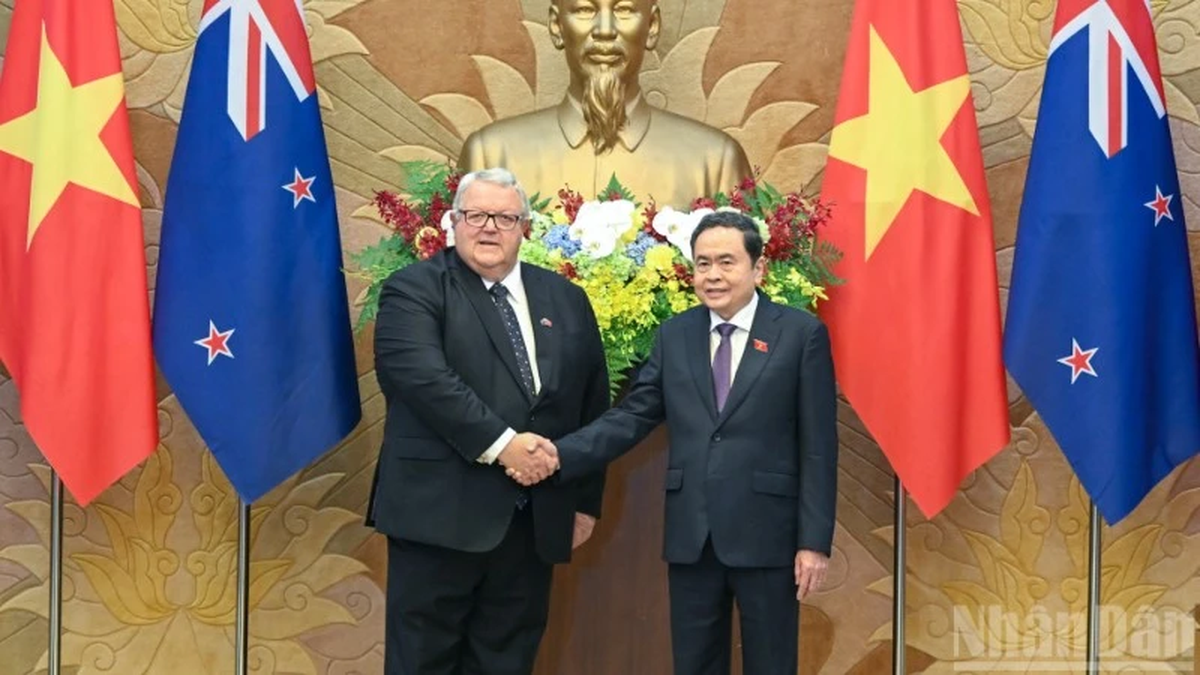
![[Photo] Red flag with yellow star flutters in France on National Day September 2](https://vphoto.vietnam.vn/thumb/1200x675/vietnam/resource/IMAGE/2025/8/28/f6fc12215220488bb859230b86b9cc12)
![[Photo] General Secretary To Lam presents the 45-year Party membership badge to comrade Phan Dinh Trac](https://vphoto.vietnam.vn/thumb/1200x675/vietnam/resource/IMAGE/2025/8/28/e2f08c400e504e38ac694bc6142ac331)
![[Photo] General Secretary To Lam attends the opening ceremony of the National Achievements Exhibition](https://vphoto.vietnam.vn/thumb/1200x675/vietnam/resource/IMAGE/2025/8/28/d371751d37634474bb3d91c6f701be7f)
![[Photo] National Assembly Chairman Tran Thanh Man holds talks with New Zealand Parliament Chairman](https://vphoto.vietnam.vn/thumb/1200x675/vietnam/resource/IMAGE/2025/8/28/c90fcbe09a1d4a028b7623ae366b741d)
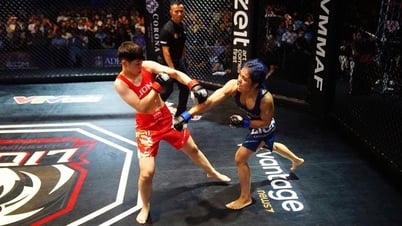


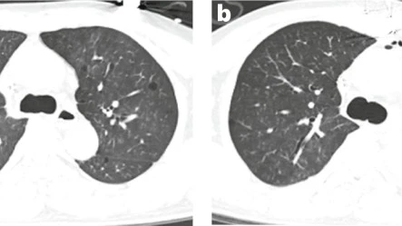

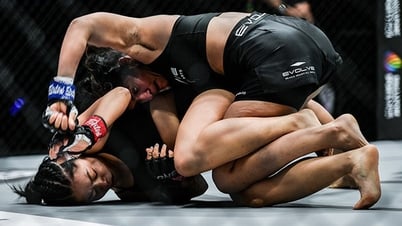
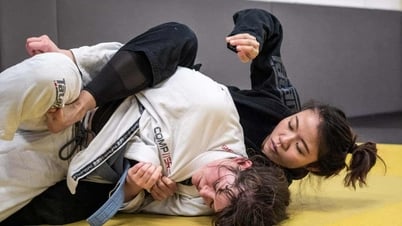












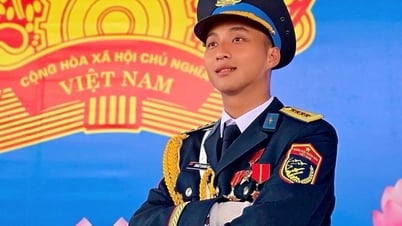
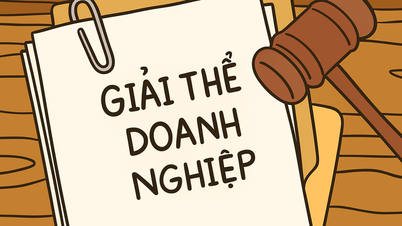








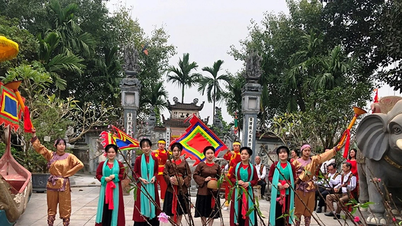



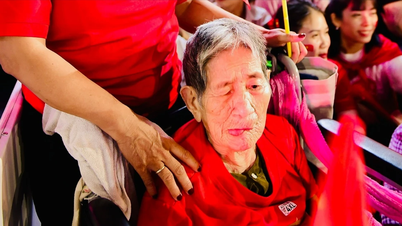

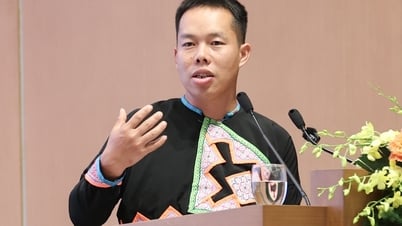

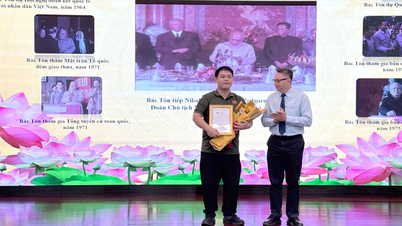








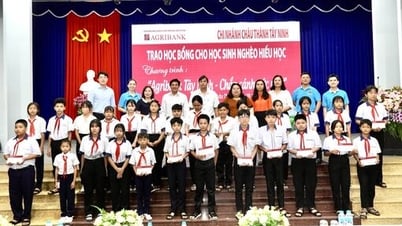







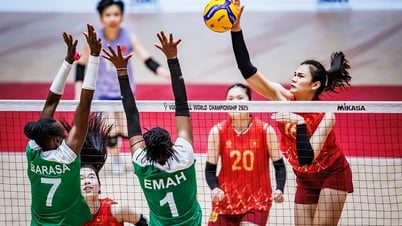

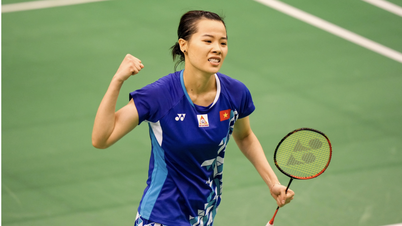
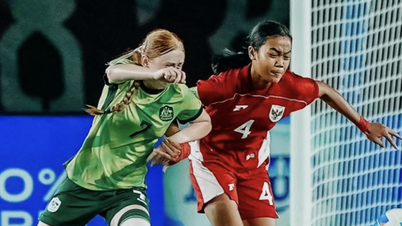





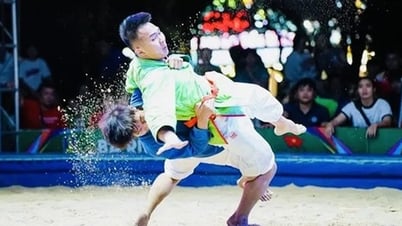
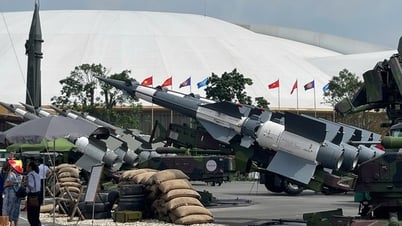













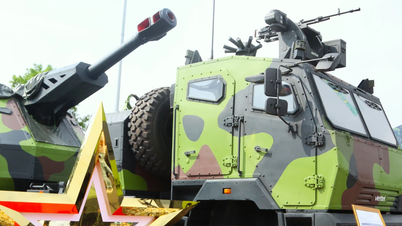













Comment (0)